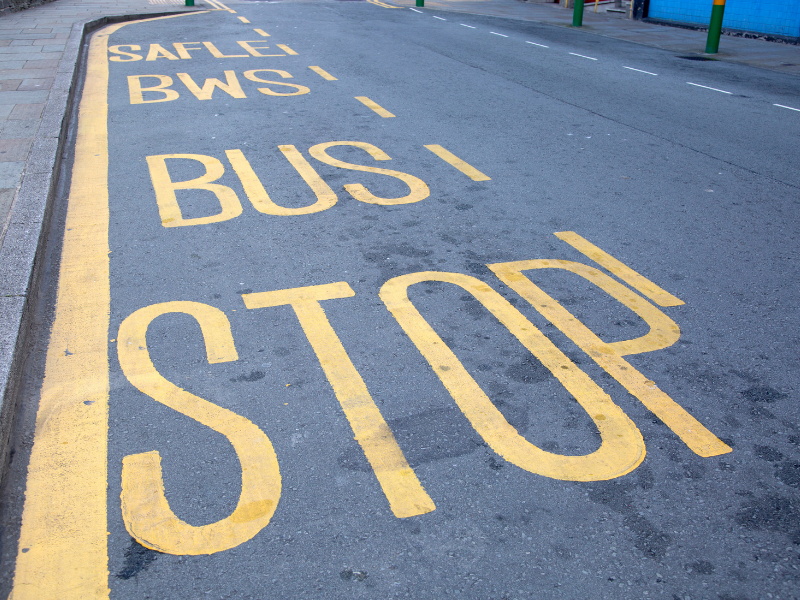 Environment
Environment 
Imagine a service that is relied on by a quarter of all women, a third of older people, and nearly four out of ten people on low incomes. Without this service, these people cannot get to the shops, to work or to visit friends. Pretty essential, you might think, that this service is maintained – not only so women, older people and those on low incomes can get ‘out and about’ but also as a matter of social justice and environmental responsibility.
What is this service? It’s that much-reviled vehicle – the bus.
With these credentials, money ought to be pouring in to Wales’s bus network – top notch vehicles, bright and modern interchanges, fast and frequent services 7 days a week.
But no. What we have across much of Wales is a hotch-potch of ancient vehicles, shoddy interchanges, no information and huge gaps in timetables. The exceptions, such as Cardiff Bus or Stagecoach’s new buses, Swansea’s new bus station or Traveline Cymru show that bus services and facilities can be good quality – but they are all too rare. Step outside Wales’s towns or travel on a Sunday (if you can) and the position is very different.
Public investment in bus transport is breathtakingly low.
Total Welsh Government expenditure on bus services in 2013/14 was £79.5 million, three-quarters of which was concessionary fares. Compare this with its expenditure on rail which comes in at a whopping £225 million. Yet four times as many journeys use the bus than use the train. Not only this, but train users are typically much better off than bus users – the median income of someone working full-time using the bus is £330 a week compared with £460 a week for car users and £500 a week for train users.
Local Transport Services Grant, which funded, amongst other things, subsidised services has not changed for several years and is now wrapped up with the rebate for fuel given to bus operators into Regional Transport Services Grant – suffering a cut in the process.
Cutting bus services not only cuts people’s life line to carry on with daily life, it is strangling the economy.
Here’s a personal example.
Last week I had to travel from Merthyr Tydfil to Bridgend, a distance of 38 miles that Google Maps tells me takes 46 minutes by car. This is the kind of distance someone might expect to commute to work in, say, Sony or one of the many other M4 corridor businesses. By public transport, however, the journey takes – at best – 1 hour 28 minutes, without allowing for time to get to / from my origin and ultimate destination, and without allowing for missed connections or traffic. The return journey took more more than two hours. Nobody in their right mind could do this journey on a daily basis. Indeed for us as a social enterprise spending potentially four hours a day to deliver a contract in Bridgend isn’t feasible either – time really is money and wasting it on long journeys does not make business sense.
How many businesses and individuals are losing out on opportunities because they cannot travel around Wales easily?
Times are tough financially. But there are some things that can be cut, and there are other cuts which are false economy. Right now we need a vision of a ‘connected Wales’ where there are good quality, frequent and reliable bus services 7 days a week, which young people, old people, workers and anyone else who wants to or needs to make a journey can undertake with ease and confidence.
Victoria Winckler is Director of the Bevan Foundation.
The Bevan Foundation’s report on older people’s use of bus services, for Age Cymru, is available here.



Big divergence in funding, but mt to bridgend never likely to be an option. Mt to cardiff very well served. Change has been to where employment is based and how far people travel to it.